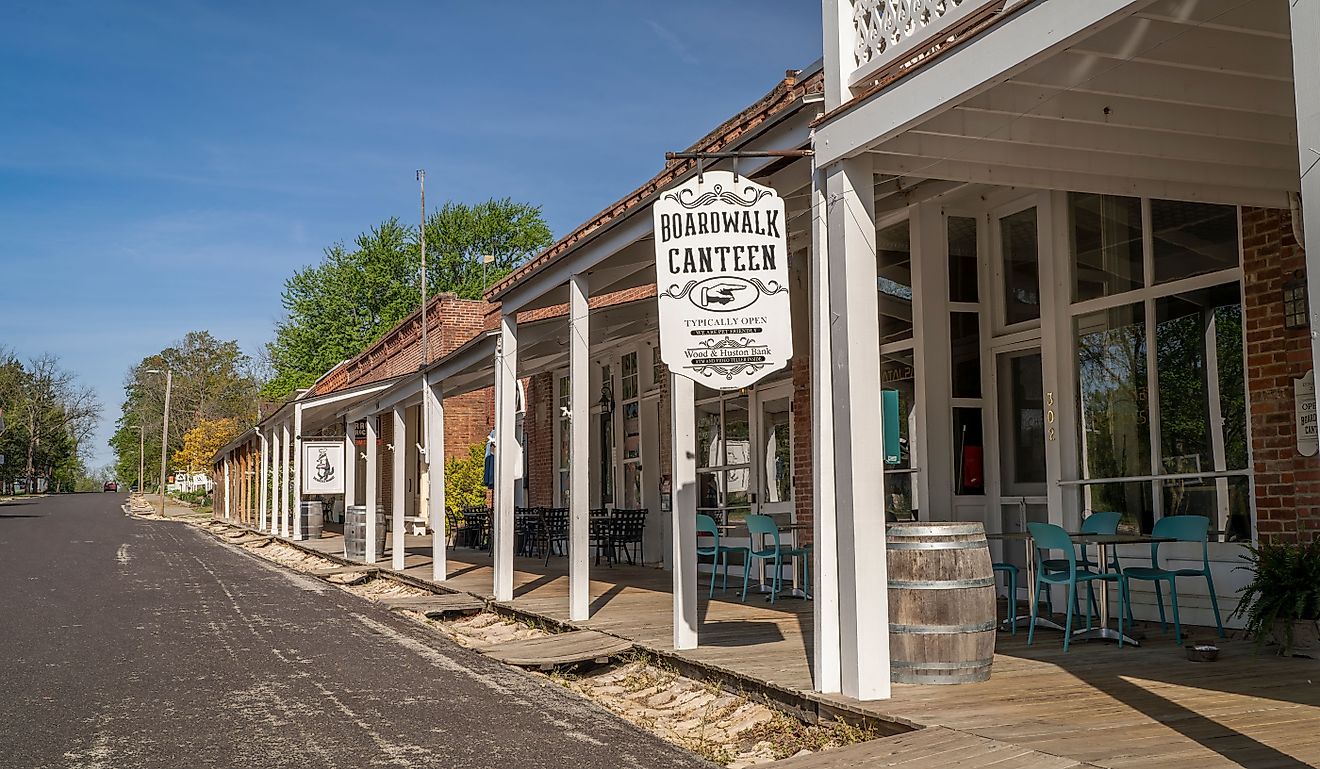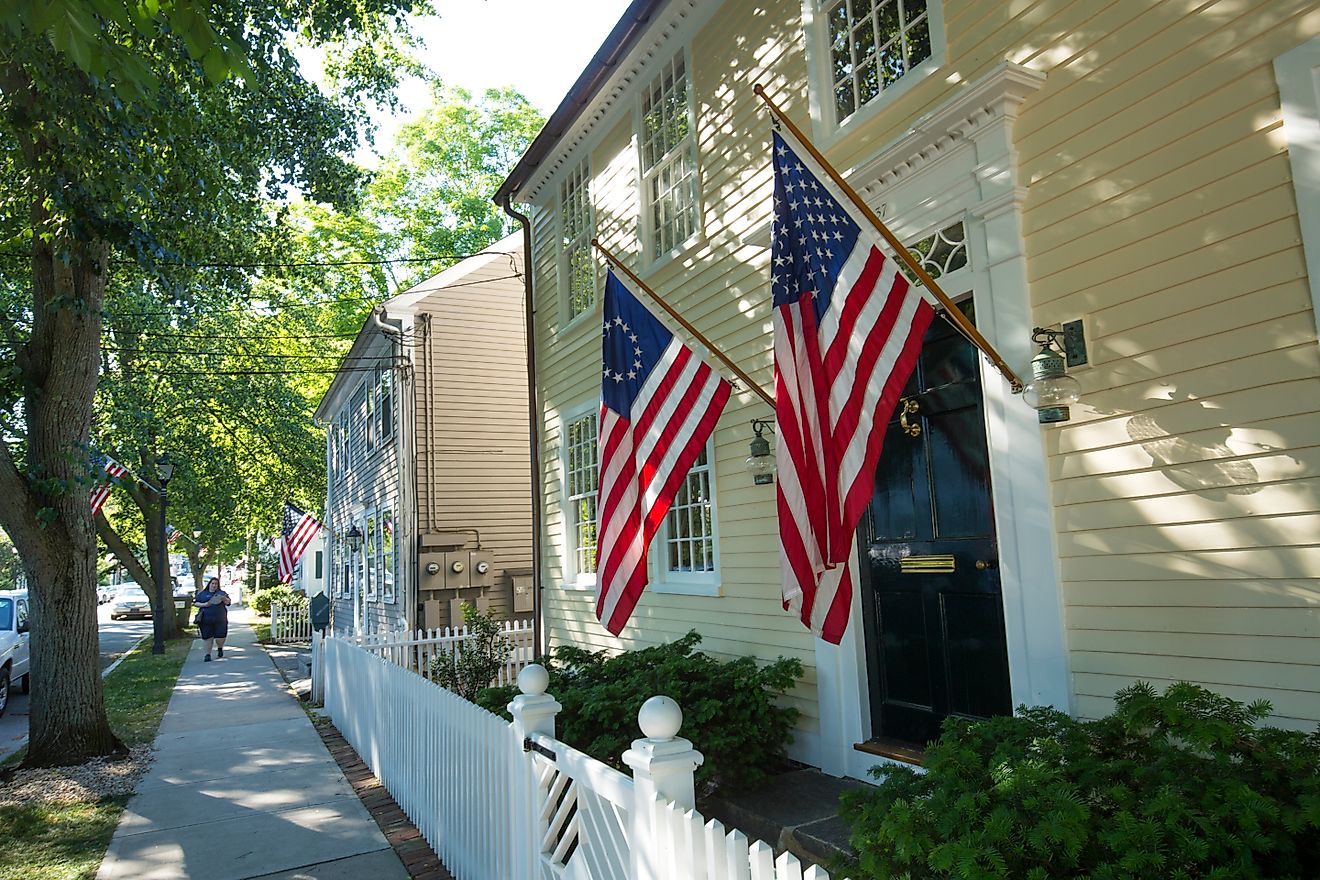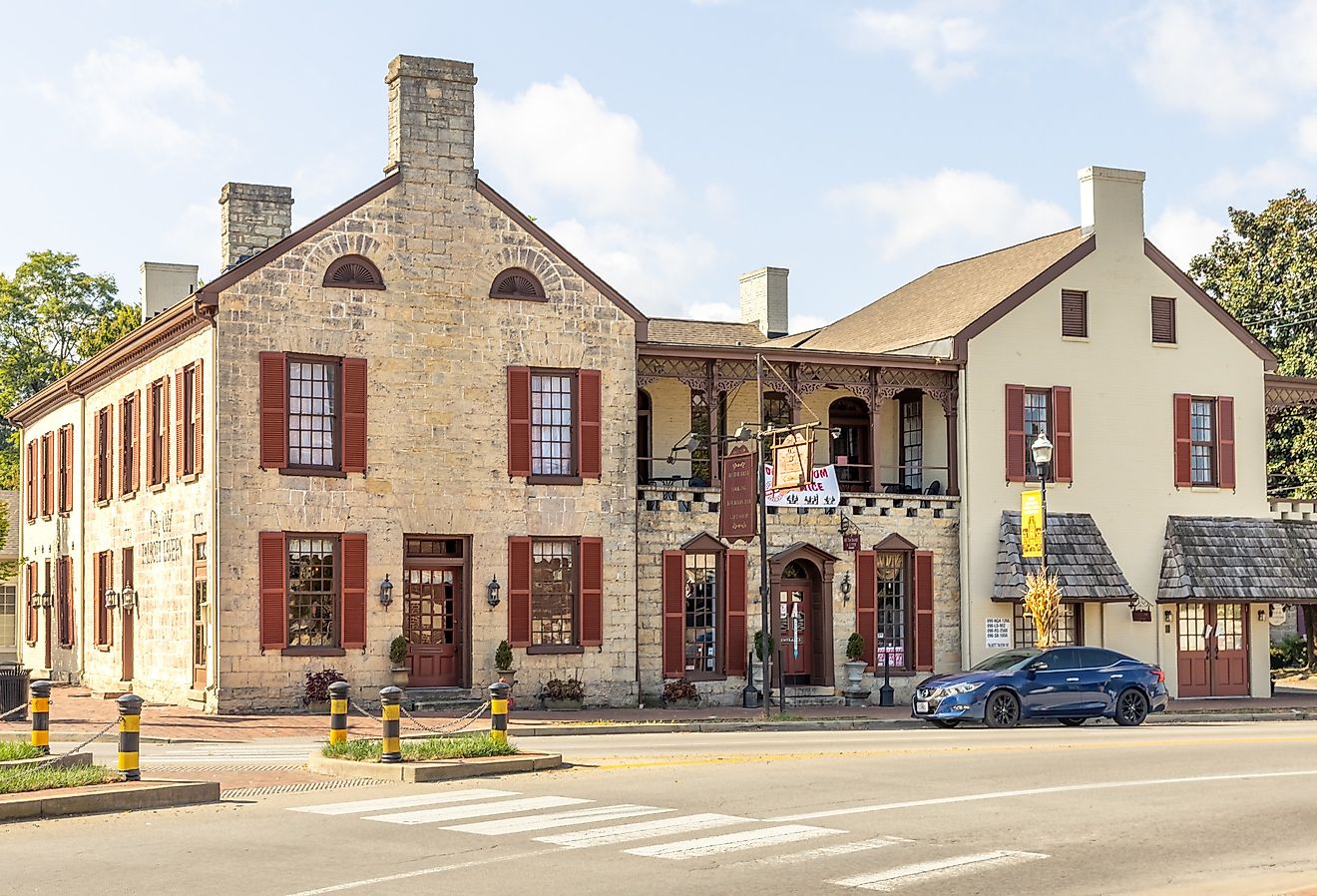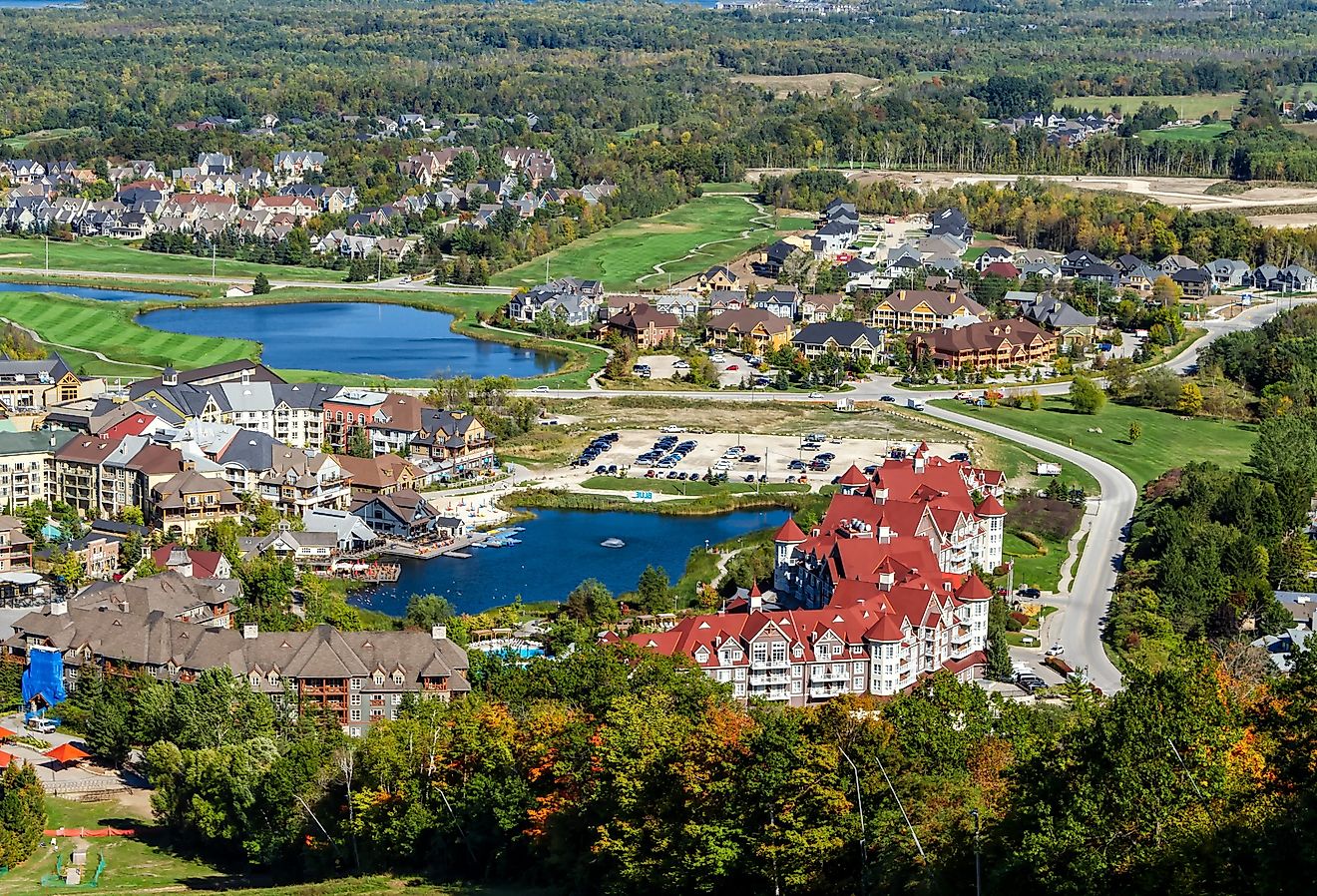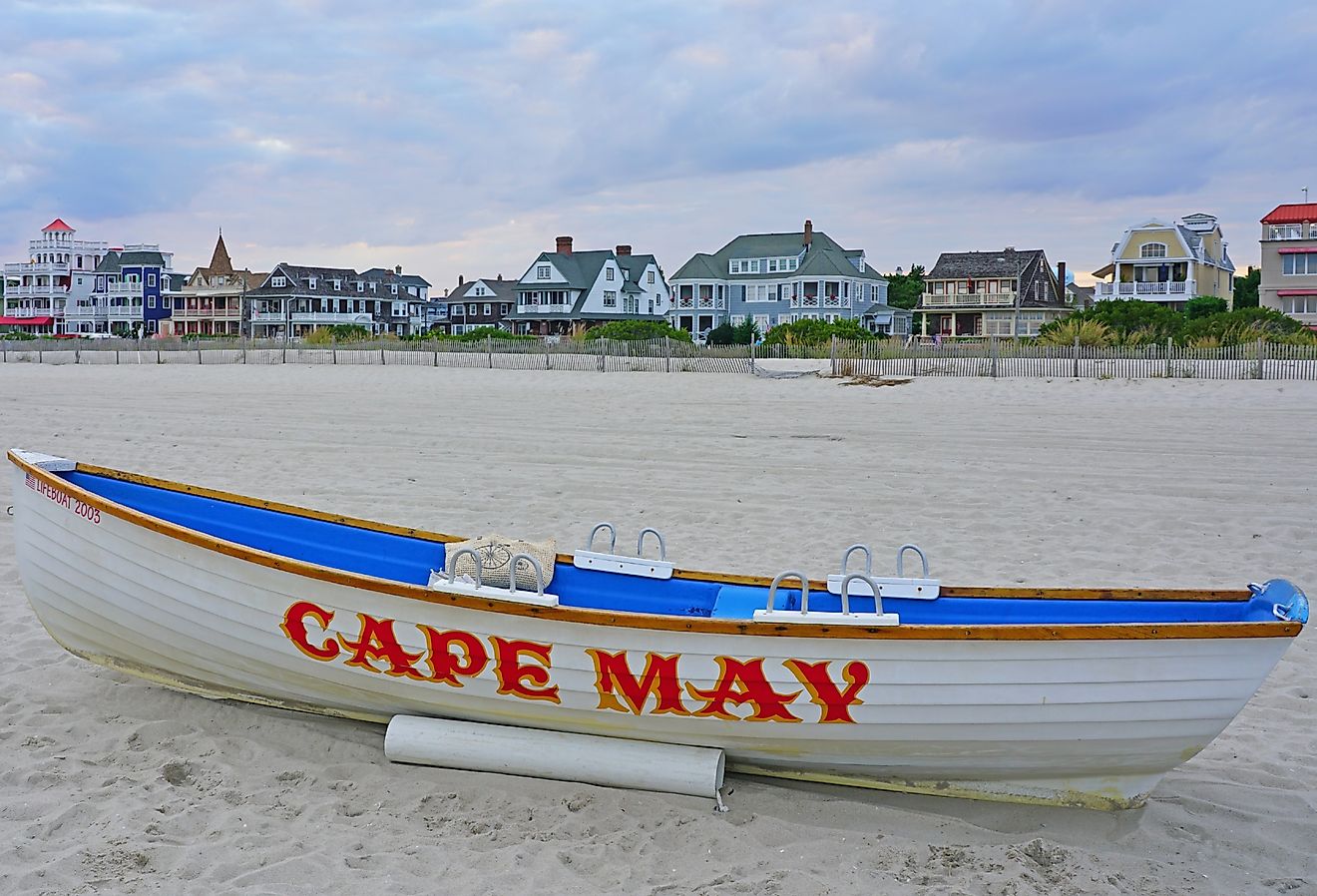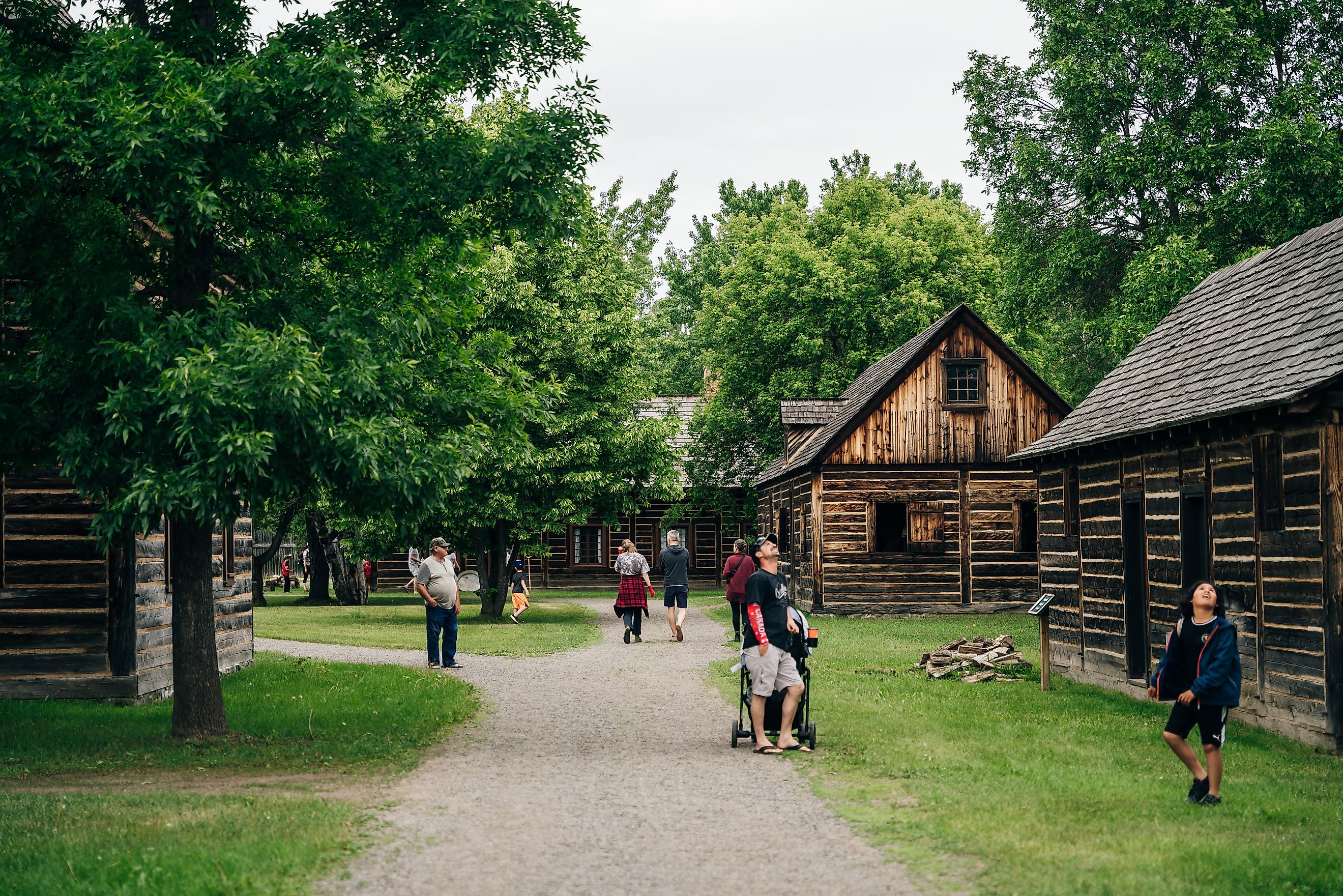
Thunder Bay, Ontario
Thunder Bay is one of the few "big cities" in Northern Ontario, with a population of 113,834 as of 2024. This important economic center in the north of the province is also well known for its abundance of fantastic natural scenery, with Lake Superior at its doorstep and iconic public wildlands like Sleeping Giant Provincial Park and Kakabeka Falls Provincial Park located nearby.
History of Thunder Bay
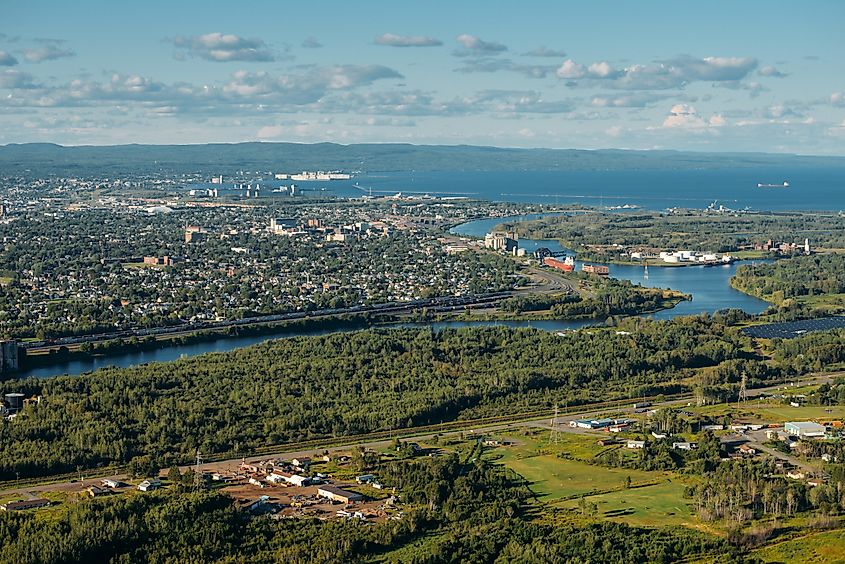
Thunder Bay has a history as a center of Canadian fur trade, shipping, and resource development in Canada. The area, originally inhabited by the Ojibwa people, served as a strategic meeting and trading place due to its proximity to the Great Lakes and rich natural resources. European exploration began here in the 17th century, with French fur traders establishing posts in the region.
In 1803, the North West Company built Fort William, which became a central hub for the fur trade for decades. The fort’s location allowed traders to more efficiently transport goods between western Canada and European markets across the Atlantic Ocean. By the mid-19th century, as the fur trade declined, the area's economy transitioned increasingly toward timber and mining industries. The arrival of the Canadian Pacific Railway in 1882 connected Thunder Bay to larger markets across the continent, further boosting its economy.
The cities of Port Arthur and Fort William, which grew around the region’s shipping and rail industries, amalgamated in 1970 to form Thunder Bay. This consolidation marked a shift toward a more diversified economy, incorporating forestry, manufacturing, and tourism. The development of its port, one of the largest on the Great Lakes, also solidified its role as a vital shipping hub.
Geography
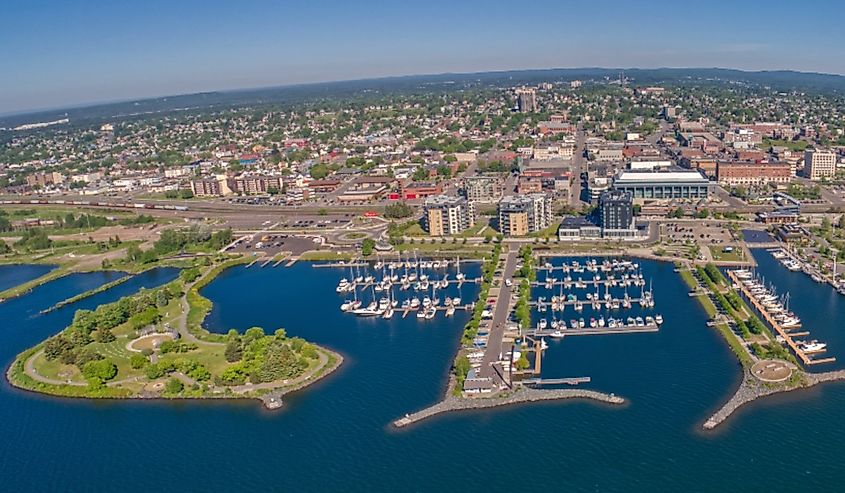
Thunder Bay is located along the northern shore of Lake Superior, the largest lake in Canada and the largest freshwater lake in the world by surface area. The city spans approximately 447.5 square kilometers, with its geography shaped mainly by the Canadian Shield. This ancient rock formation dominates the landscape of much of northern Ontario and beyond, featuring dramatic cliffs, rocky outcrops, and vast forests that animals such as black bears, moose, wolves, deer, and even cougars call home.
The city’s most recognizable natural landmark is the Sleeping Giant, a large rock formation that is said to look like a giant human sleeping on its back. This iconic feature is part of Sleeping Giant Provincial Park, situated on a peninsula that forms Thunder Bay’s eastern boundary. The city’s name originates from the stormy weather patterns typical of the northern Great Lakes area.
The area is intersected by several waterways, including the Kaministiquia River, which flows into Lake Superior and historically served as a transportation route during the fur trade era. Thunder Bay’s geography also includes steep rocky escarpments and numerous inland lakes, making it a hub for outdoor recreation.
Its humid continental climate, along with its location in the Great Lakes-St. Lawrence Basin provides the city with mildly warm summers, and cold winters that often come with significant snowfall. Thunder Bay is also notable for being one of the sunniest cities in Canada, with about 305 days of sunshine per year on average.
Top Tourist Attractions In and Around Thunder Bay
As mentioned before, in more modern times Thunder Bay has evolved into quite the tourist hub, inviting visitors who are particularly interested in outdoor adventure and early Canadian history. Here is a selection of some of the most popular attractions you can find in this somewhat remote city in Ontario's upper half.
Sleeping Giant Provincial Park
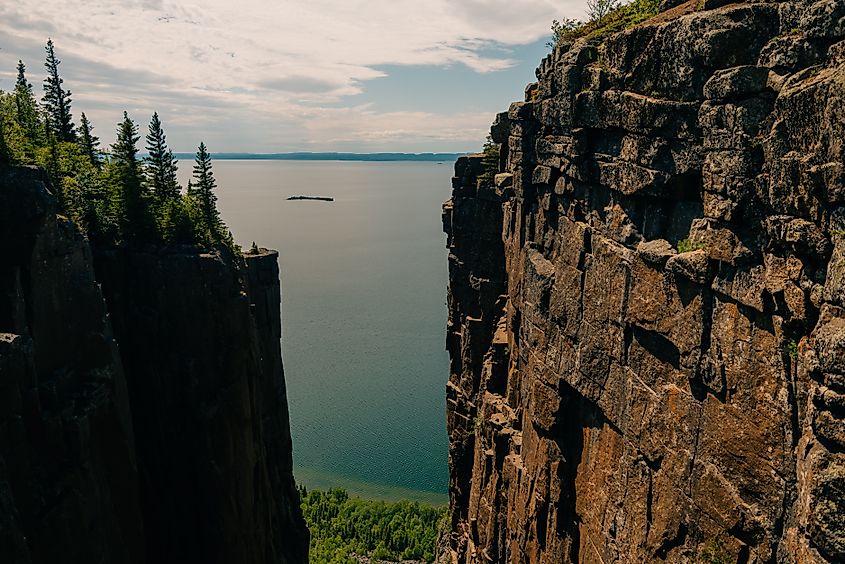
Sleeping Giant Provincial Park is one of Thunder Bay’s most iconic destinations, located on the Sibley Peninsula along the shores of Lake Superior. The park is named after the Sleeping Giant, a massive rock formation that was named by the area's natives as it resembles a... sleeping giant.
Visible from the city this park covers over 244 square kilometers and is a popular spot for a plethora of outdoor activities, including hiking, camping, kayaking, and wildlife viewing. Its trail system features over 100 kilometers of routes, with the Top of the Giant Trail leading to viewpoints from nearly 230 meters above Lake Superior.
Designated as a Dark-Sky Preserve, the park is also an excellent spot for stargazing on clear nights, which are common in this part of the province.
Kakabeka Falls Provincial Park

Kakabeka Falls Provincial Park, located 30 kilometers west of Thunder Bay, is home to the towering Kakabeka Falls. At 40 meters high, this is the second tallest group of waterfalls in Ontario (behind Niagara Falls in southern Ontario).
The park’s network of viewing platforms and trails provides accessible vantage points to witness the falls’ power and beauty, while the nearby Kaministiquia River, which feeds the falls, has carved a deep gorge, revealing 1.6 billion-year-old fossils along its cliffs; a fantastic place to go for a walk and shoot some great landscape photos.
Aside from the significant falls, this provincial park is home to hiking trails, picnic areas, and a campground. In the winter, the park also features a well-groomed cross-country ski trail.
Fort William Historical Park
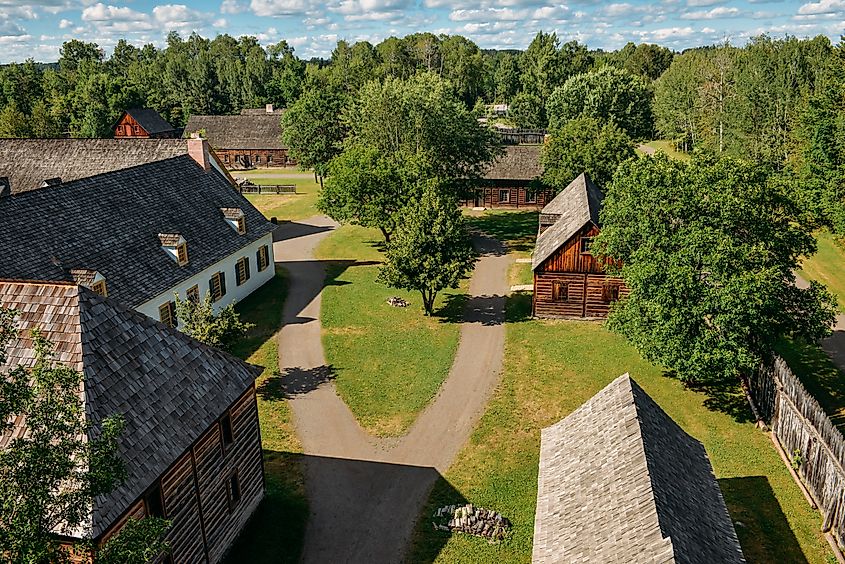
Fort William Historical Park, located just southwest of Thunder Bay along the Kaministiquia River, is a thoughtfully reconstructed fur trade post from the early 19th century. Spanning 250 acres, it represents the historic Fort William operated by the North West Company, once a vital hub for the Canadian fur trade.
Visitors can explore over 57 historic buildings, including the Great Hall, a fur store, and many artisan workshops, while costumed interpreters bring the site’s history to life. The park offers hands-on experiences, such as blacksmithing, canoe building, traditional food preparation, and tours immersing its visitors in the daily lives of the traders, voyageurs, and Indigenous peoples who once called it home. It is among the best historic villages in Canada and no trip to Thunder Bay is complete without a stop here.
Thunder Bay Museum

The Thunder Bay Museum can be found inside a historic former police station and courthouse and offers a detailed look at the city’s history and cultural heritage, from its founding to modern times.
Its three floors of exhibits cover topics ranging from Indigenous history and the fur trade to the development of the railway and the local shipping industry. Artifacts include early tools, photographs, and interactive displays, providing visitors with an engaging learning experience.
Special exhibits frequently rotate, highlighting unique aspects of Thunder Bay’s past and broader Canadian history. The museum also hosts educational programs, events, and workshops for all ages. Its archives also serve as a valuable resource for researchers.
Hillcrest Park
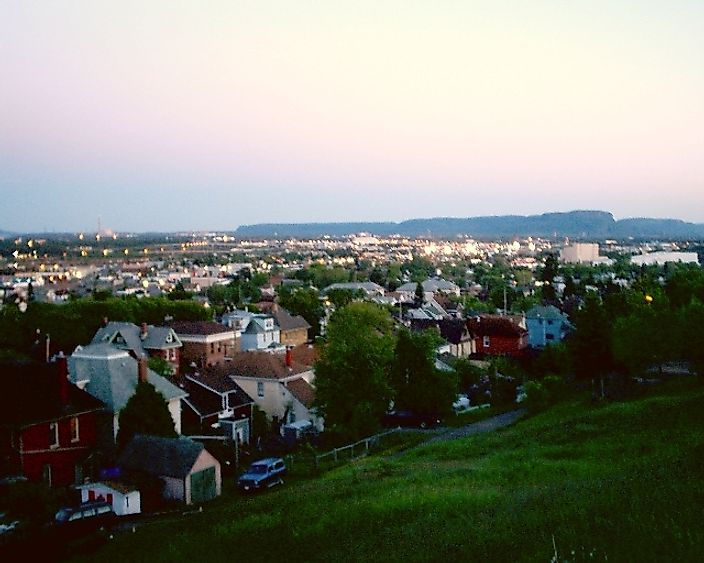
Hillcrest Park, situated in the heart of downtown Thunder Bay, gives you easy access to some of the city’s most breathtaking views. Perched on a hill overlooking the harbor, the park provides a panoramic vista of Lake Superior, the Sleeping Giant, and the city below. It’s a favorite spot for both locals and visitors to take in the scenery, particularly at sunrise or sunset.
The park also features a collection of beautifully landscaped gardens, a playground, and walking paths. A highlight is its World War II memorial, which honors the Lake Superior Regiment and other local contributions to Canada’s military history. This popular park is a great way to kill an hour or less for anyone not looking to stray outside of the city.
Experience this historic Great Lakes city
Whether you're in Thunder Bay to experience its oddly large amount of sunny days, its important spot in Canadian history, or the amazing selection of natural scenery around it, it is well worth a stop if you're passing through northern Ontario. In fact, you may have to make a stop anyway, as it is one of the few actual cities in this remote region of the country.
A cultural and business hub for residents, and an uncrowded and unique vacation destination for visitors, Thunder Bay endures as one of Canada's most underrated cities.

